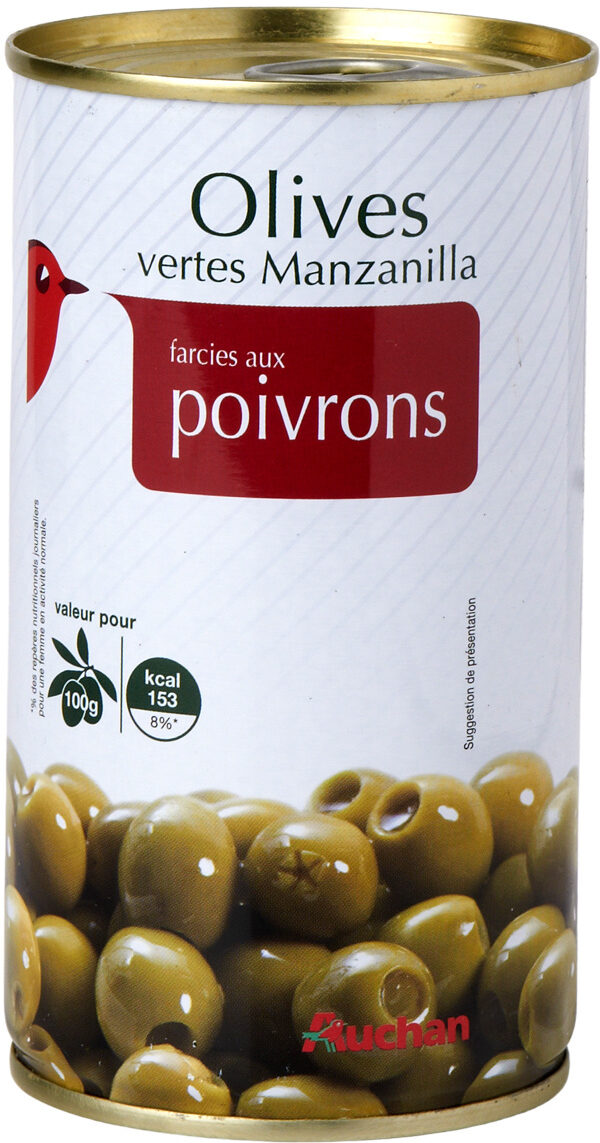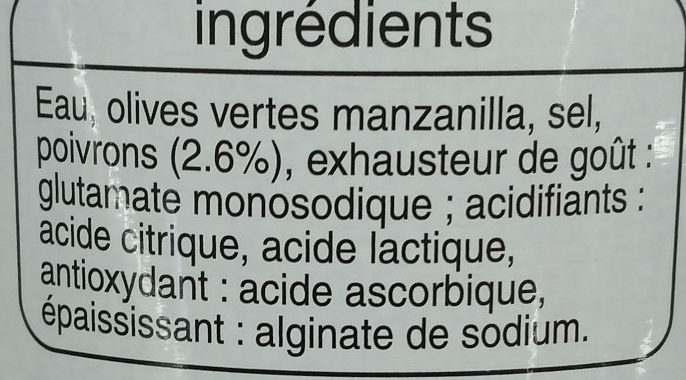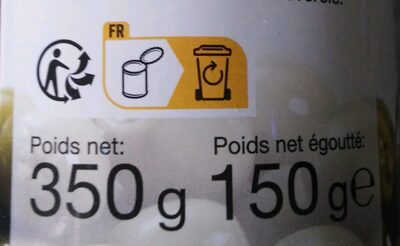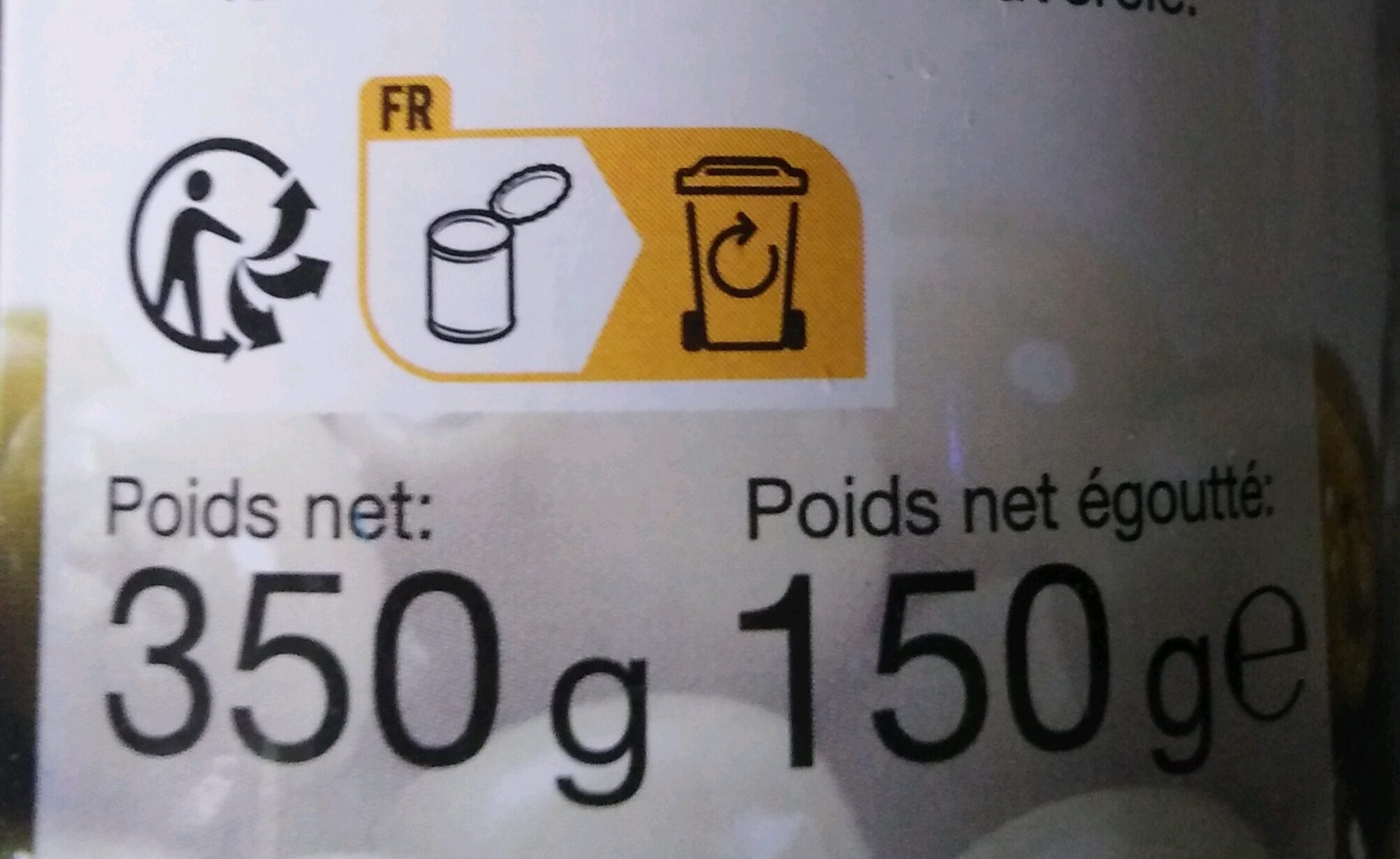Auchan olives manzanilla vertes farcies poivrons boite 150g - 0.15 kg
Important note: this product is no longer sold. The data is kept for reference only. This product does not appear in regular searches and is not taken into account for statistics. (Withdrawal date: 2023/07/01)
This product page is not complete. You can help to complete it by editing it and adding more data from the photos we have, or by taking more photos using the app for Android or iPhone/iPad. Thank you!
×
Some of the data for this product has been provided directly by the manufacturer AUCHAN APAW.
Barcode: 8410971020150 (EAN / EAN-13)
Common name: Auchan olives manzanilla vertes farcies poivrons boite 150g
Quantity: 0.15 kg
Packaging: Pot
Brands: Auchan
Categories: Plant-based foods and beverages, Beverages, Plant-based foods, Hot beverages, Pickles, Plant-based beverages, Olive tree products, Plant-based pickles, Herbal teas, Olives, Green olives, Stuffed olives, Green stuffed olives, Chamomile, Green olives stuffed of peppers
Labels, certifications, awards:
Class I, Triman
Stores: Auchan
Matching with your preferences
Other information
Customer service: AUCHAN SAS OIA, 200 rue de la recherche
Report a problem
Data sources
The manufacturer AUCHAN APAW uses Agena3000 to automatically transmit data and photos for its products.
Product added on by hommedanslalune
Last edit of product page on by org-auchan-apaw.
Product page also edited by alexg, alexrios, date-limite-app, foodviewer, kiliweb, manu1400, morganoune, openfoodfacts-contributors, packbot, quechoisir, roboto-app, sebleouf, tacite-mass-editor, teolemon, yuka.sY2b0xO6T85zoF3NwEKvlkdFVOPbuQPuDSPviBSAy_m1LK3PZIlf0pTYMqg, yuka.sY2b0xO6T85zoF3NwEKvlkhOdoqPjSDkEjvtt3XXyPawKMznOcBv6NX4Oas.












